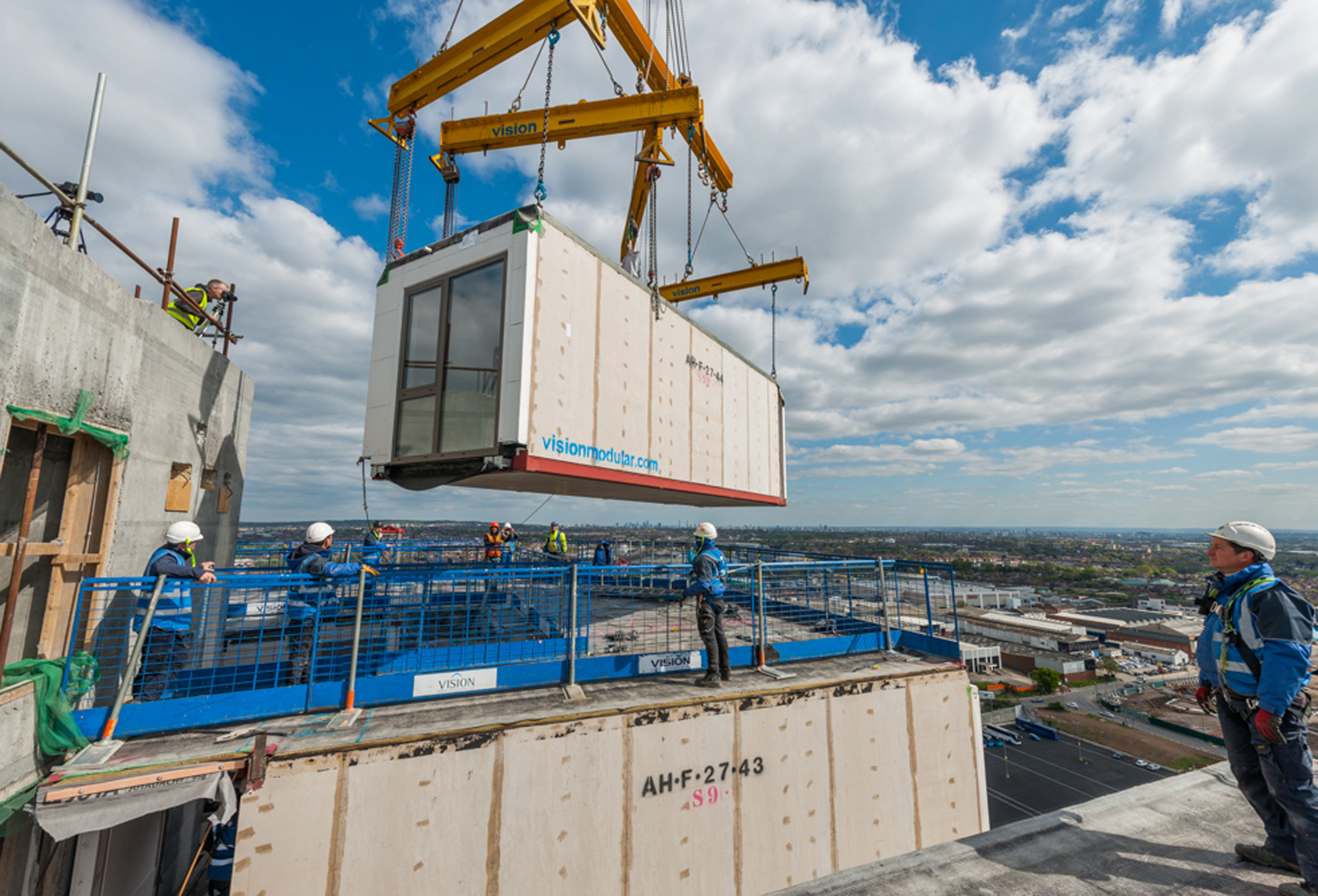The construction industry, traditionally seen as resistant to change, is experiencing a technological revolution that’s reshaping how we design, plan, and build. From towering skyscrapers to residential homes, cutting-edge innovations are streamlining processes, reducing costs, and creating safer work environments. This transformation isn’t just about flashy gadgets—it’s fundamentally changing how the industry operates. If you are looking for construction companies in your area, search on Google for ‘construction companies near me’. You will find many reputable company leads within a few seconds that will help you save your time and money.
Whether you’re a construction professional looking to stay ahead of the curve or a homeowner curious about how these advances might benefit your next project, understanding these technological shifts is essential. Let’s explore the key innovations that are defining the future of construction.
Building Information Modelling: The Digital Blueprint Revolution
Building Information Modelling (BIM) has emerged as one of the most transformative technologies in construction. Unlike traditional 2D drawings, BIM creates detailed 3D digital models that contain comprehensive information about every element of a building—from structural components to electrical systems and plumbing.
This technology allows architects, engineers, and contractors to collaborate in real-time on a single, shared model. When changes are made, all stakeholders see the updates immediately, reducing miscommunication and costly errors. BIM also enables clash detection, identifying potential conflicts between different building systems before construction begins. This proactive approach prevents expensive on-site corrections and keeps projects on schedule.
For homeowners, BIM means better visualisation of their project before ground is broken. You can virtually walk through your future home, making informed decisions about layouts and finishes whilst changes are still cost-effective to implement.
Drones: Aerial Intelligence for Construction Sites
Unmanned aerial vehicles, commonly known as drones, have become invaluable tools for construction professionals. These flying cameras provide perspectives and data collection capabilities that were previously impossible or extremely expensive to obtain.
Site surveys that once took weeks can now be completed in hours with millimetre precision. Drones capture detailed aerial footage and create accurate topographical maps, helping project managers monitor progress and identify potential issues before they become problems. They’re particularly useful for inspecting hard-to-reach areas like rooftops, tall structures, or hazardous zones without putting workers at risk.
The data collected by drones integrates seamlessly with BIM software, creating a continuous feedback loop between planning and execution. This real-time monitoring helps keep projects on track and provides valuable documentation for quality assurance and client reporting.
3D Printing: Building Layer by Layer
Perhaps no technology captures the imagination quite like 3D printing in construction. What began as a tool for creating small prototypes has evolved to print entire building components and, in some cases, complete structures.
Large-scale 3D printers can now create walls, foundations, and complex architectural elements using concrete, plastic, or even recycled materials. This technology offers unprecedented design flexibility, allowing architects to create complex geometries that would be difficult or impossible with traditional construction methods.
The benefits extend beyond creative possibilities. 3D printing can significantly reduce material waste by using only the exact amount needed for each component. Labour costs decrease as fewer workers are required on-site, and construction timelines shrink dramatically. Some companies have successfully printed entire houses in less than 24 hours.
The Road Ahead
Technology in construction is moving beyond individual innovations to create integrated ecosystems where different systems work together seamlessly. This holistic approach promises even greater efficiency gains, cost reductions, and safety improvements.
For construction professionals, embracing these technologies isn’t optional—it’s essential for remaining competitive. For homeowners, understanding these advances helps you make informed decisions about your projects and choose contractors who leverage technology for better results.
The construction industry’s technological transformation is accelerating, creating exciting possibilities for how we build and live. By embracing these innovations, we’re not just constructing buildings—we’re building a smarter, more efficient, and safer future.



